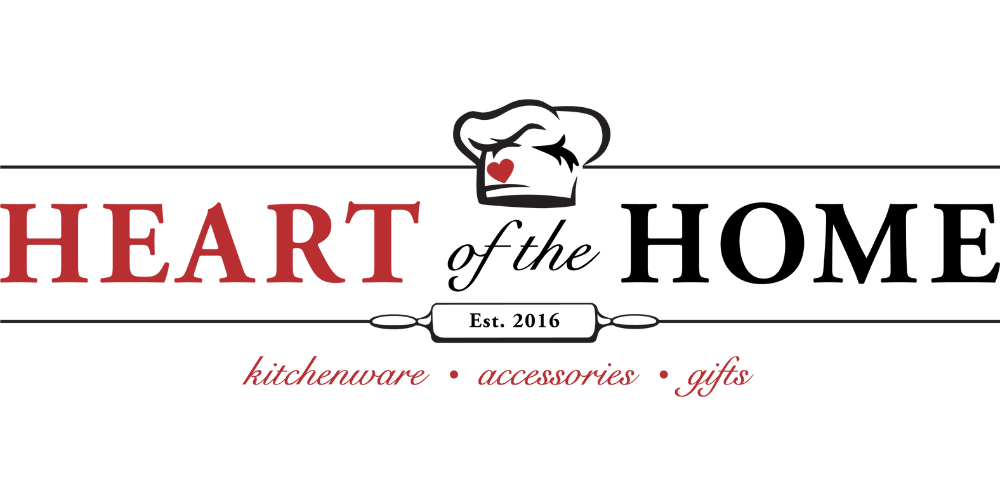This blog has been republished with permission by www.reviews.com/chef-knife/ * some edits have been made.
Should I get a knife set?
Many experts feel as though knife sets are a waste of money. Buy knives one at a time. Why? Because each chef will have their own mixture; a set is too constricted and too prescriptive.
How many other kitchen knives do I need?
After you’ve invested in a quality chef knife, you may want to expand your collection with any of the following:
- A serrated bread knife for cutting loaves of bread.
- A paring knife — which has a very short blade — for tasks like paring apples or potatoes.
- A boning knife or filleting knife may be useful depending on the cuts of meat and fish you typically cook.
- As a general rule, if the purpose of the knife is in its name (bread knife, filleting knife, even steak knife or grapefruit knife) it marks a task that will be difficult to accomplish with an all-purpose chef knife.
What’s the best type of steel for a chef knife?
The best steel for chef knives typically lands between 55-60 on the Rockwell hardness scale — that’s hard enough to retain a sharp edge but soft enough to avoid being overly brittle. (You want your knife to be able to take a beating without fracturing.) The harder a steel, the longer it will stay sharp but the more difficult it will be to re-sharpen on your own, often requiring professional service to get it back to its factory condition.
What’s the best way to hold a knife?
You should hold your kitchen knife in a pinch grip: grip toward the front of the handle, with your thumb and your curled index finger pinching the base of the blade.
What’s the difference between a chef knife and Santoku knife?
At a glance, Santoku knives and chef knives look nearly identical. But each caters to a different cooking style. Santoku knives are shorter, lighter and thinner, with a rounded tip and a flat edge. This means that cutting requires an up-and-down slicing motion. A chef knife’s blade is curved and allows you to cut by rocking the knife against the cutting board.
A Santoku excels at tasks that require agility like mincing delicate herbs or making precise cuts. The tradeoff is that it’s not as versatile as a chef knife and is likely to struggle against larger tasks, like cutting up a chicken or slicing through butternut squash.
This blog has been republished with permission by www.reviews.com/chef-knife/ * some edits have been made.


Leave a comment